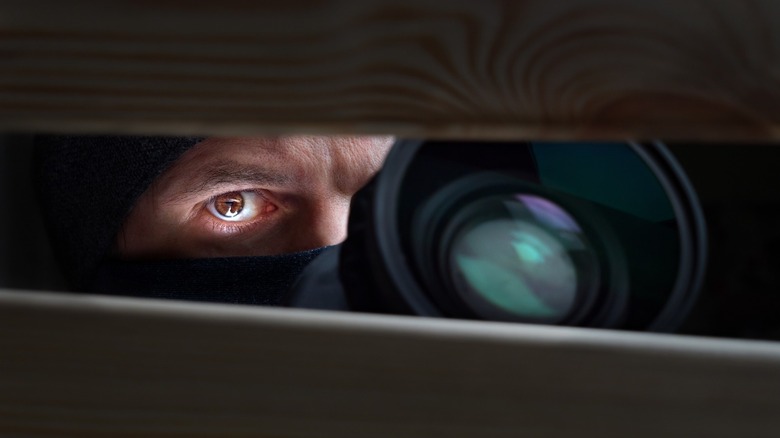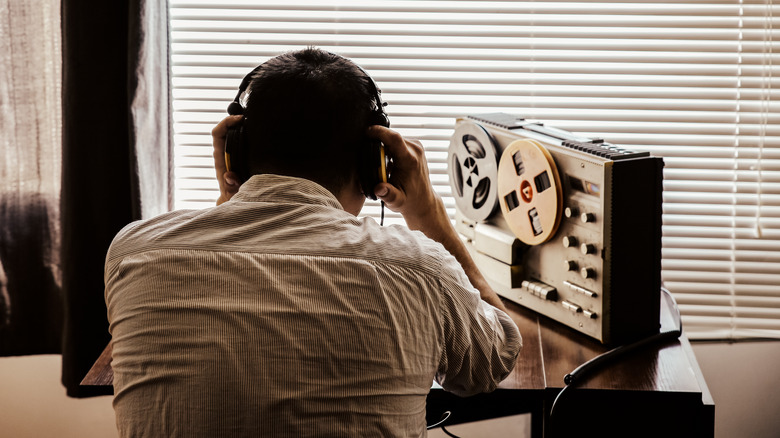Who Were The Cambridge 5?
Matters of national intelligence are usually a nation's most protected pieces of information. But, what happens when some of the people paid to protect a country's secrets are doing just the opposite? Well, you end up with situations like the Cambridge Five.
According to the BBC, the Cambridge Five were made up of four students and one teacher, from Cambridge University, in England. This spy ring was comprised of Kim Philby, Guy Burgess, Donald Maclean, Anthony Blunt, and John Cairncross. Blunt had joined the Communist Party in the 1930s and actively recruited Philby, Burgess, and Maclean while he was teaching at Cambridge. Cairncross studied modern languages at Cambridge and was reported to have known Blunt but he did not work with him or the other spies, as History of Spies points out. In fact, even though all these men were handing over classified information about the British government to the Soviet Union, they did not work closely together.
Traitors to their country
When we think of spies, we often picture Ian Flemming's James Bond or films like "Mission Impossible." In reality, being a Cold War spy requires a less noticeable approach, which is exactly how the Cambridge Five went about their espionage. The five men began by securing important jobs in the British government, with Kim Philby and Guy Burgess managing to join the U.K.'s Security Intelligence Service, or MI6 (per BBC).
According to Historic Mysteries, these spies transferred classified information to the Soviet Union from the end of World War II up until the Cold War. The double agents flew under the radar until 1951 when Burgess and MacLean defected to Russia over fears they had been discovered (per BBC).
Philby came under suspicion in 1955, but was not arrested duFce to lack of evidence, as Historic Mysteries notes. Eventually, evidence came to light that outed Philby, but in 1963 he also fled to Russia, where he lived until his death. Blunt came under suspicion in 1964 and confessed to his crimes after being interrogated. Cairncross actually confessed during a meeting with MI6 in 1964, but it was kept under wraps until 1979 when he confessed his crimes again to a journalist (per Historic Mysteries).

